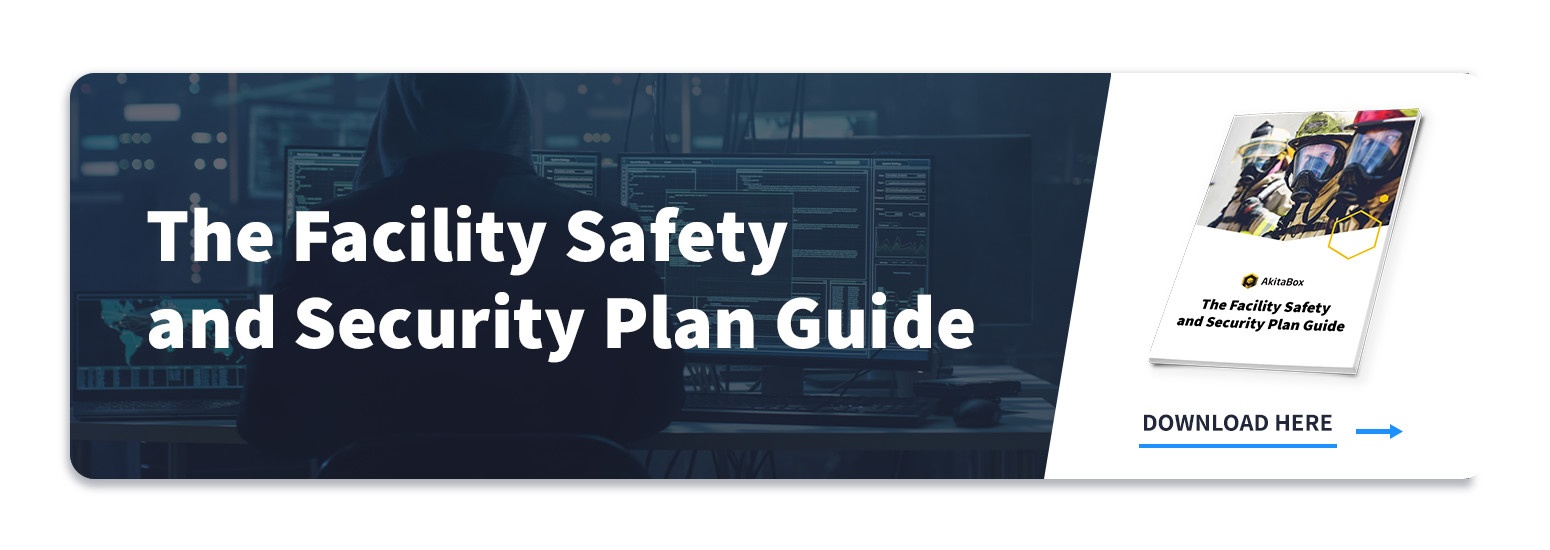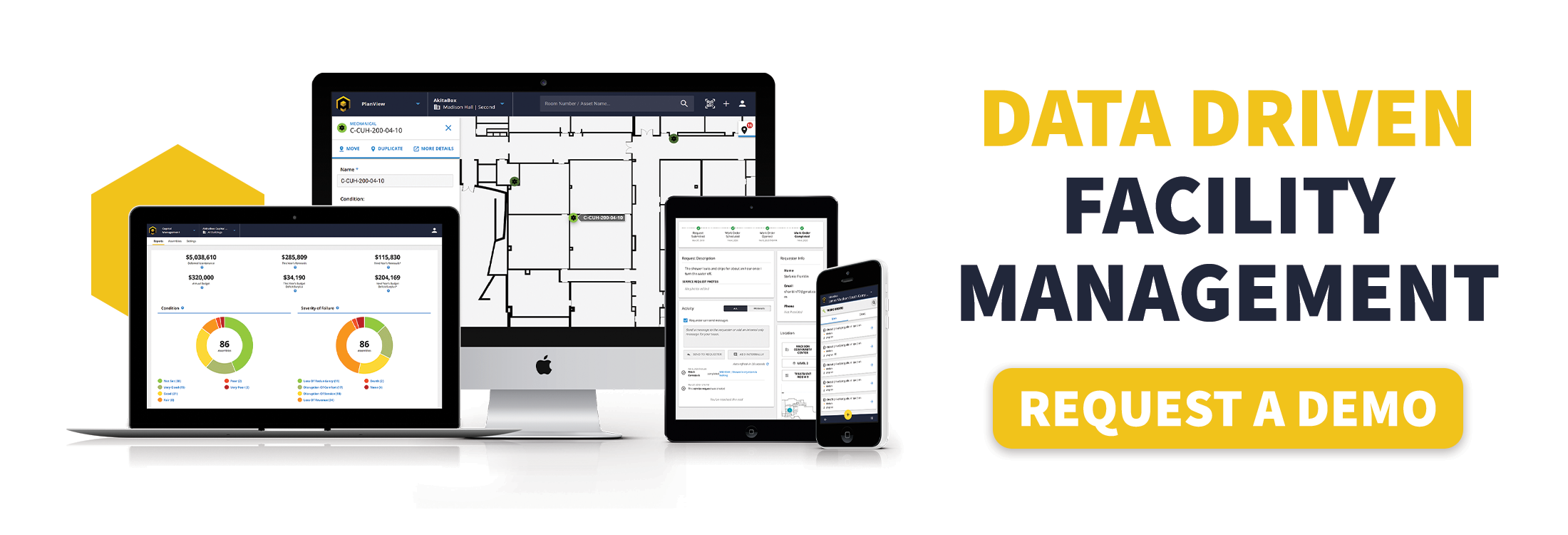We learned a lot about ourselves and our world this year. To begin with, COVID sucks. If you believe enough, miracles do happen – like the Milwaukee Bucks finally winning the NBA Championship. And it’s ok for some things to end – especially, Keeping Up with the Kardashians.
All joking aside, the best lessons are the ones we can use to improve our future. It was another roller coaster of a year in facilities management. But amidst all the chaos, some important lessons emerged – lessons we can use to make next year a better one for ourselves, our organizations, and our facilities.
Here are 8 of the most important facilities management lessons from 2021.
1. Facilities Workers (and Their Knowledge) are Invaluable
People who do facilities work are more necessary than ever due to the tight labor market and the continued importance of security and hygiene for buildings. Businesses are scrambling to offer incentives to keep their employees happy.
One way to show how much you value your personnel is to invest in tools that make their jobs easier. Facility management software can streamline every aspect of facilities work – from proactive maintenance to inspections. That puts less stress on your staff and helps simplify their daily tasks.
But what happens when some of your staff choose to retire or pursue other opportunities? Their knowledge of your facilities leaves with them.
As the “Great Resignation” continues, having facility management software to be able to easily pass down institutional knowledge and keep it from walking out the door is even more important. When all of the information about your facility is in a management program instead of in various people’s heads, it’s easier on the company when someone leaves and it’s much simpler to train a new employee.
2. Deferred Maintenance is at an All-time High – and That’s Dangerous
Early in the pandemic, the focus of facilities crews shifted to sanitation and cleaning. Then as COVID continued, employees moved to working at home, leaving buildings mostly empty except for skeleton crews.
As a result, deferred maintenance has become more commonplace. Why spend loads of money on maintaining equipment when there’s hardly anyone around to benefit from it, right?
But be careful you aren’t deferring too much for too long. Deferring maintenance may seem like a good way to save money, but years of neglect can result in significantly higher expenses in the long run. Withholding repairs often means a repair turns into a full-on replacement because the item breaks without regular maintenance. Replacing something costs you more in both physical equipment and staff time, because replacements typically take longer to complete than a repair.
Read more: The Dangers of Deferred Maintenance: How to Avoid Costly Downtime
3. Don’t Put Inspections on Ice
Inspections are more important than ever. Daily and weekly rounds identify items early-on that need attention BEFORE they become an expensive problem due to going unnoticed. Whether your building is bustling or a ghost town, your organization needs accurate, dependable data from regular inspections.
Up-to-date information on the condition, safety, and overall fitness of your facilities is essential for making smart business decisions – like what to invest in and what to let go of.
4. Changing Space Requirements Need Creativity
Is your current building space still meeting your needs? When the answer is “no,” many organizations are opting to creatively convert their existing facilities instead of invest in major renovations.
As cubicle farms go the way of the dinosaur, businesses are looking at ways to revamp their spaces into more appropriate areas, such as private workspaces, video conferencing rooms, and small group meeting spots. You can also consider using outdoor spaces like a patio, garden, or front lawn for larger gatherings.
Also, don’t forget about technology requirements like more webcams and microphones in meeting rooms. In addition, with fewer people working in office buildings these days, many businesses are looking into increased security measures such as cameras and door access controls to keep a closer eye on things.
Have you evaluated what these new needs will mean for your organization’s facility budget?
5. Facility Condition Assessments: Evolve or Die
With all the changes we’ve seen in the last year or two, organizations are depending on FCAs like never before. A comprehensive, accurate FCA is crucial. It can help you clearly determine if your facilities are equipped to meet the current and future needs of your organization. In other words, an FCA shows you if your facility is fulfilling its intended purpose.
While FCAs are vital, they can also be time-consuming, paper-based, and outdated as soon as they’re completed. As a result, facility management software is having a major moment. Organizations are realizing how streamlined, efficient, and always current their FCAs are when they’re conducted with specially designed management software.
Read more: Facility Condition Assessment Checklist: How to Index Your Building
6. Supply Chain Slow-Downs Require Smart Planning
From Walmart to the grocery store, we’re all seeing product shortages and shipping delays. The supply chain is stretched to its limits. For those of us in facilities management, that means we need to be thinking smarter and way farther ahead about what equipment and supplies we’ll need in the coming months.
Facilities management decisions are based on data – and the more accurate, accessible, and organized your data is, the better supply decisions you can make. Precise capital planning supported by more dynamic FCAs can help you avoid supply chain issues from stymying you in 2022.
Read more: 3 Ways an FCA Enables Better Capital Planning
7. Be Prepared for More Natural Disasters Due to Climate Change
Did you know that the past decade was the hottest in human history? Climate change is resulting in greater numbers of natural disasters that can severely damage facilities – including fires, floods, hurricanes, tornadoes, ice storms, and mudslides. Are your facilities prepared for when disaster strikes?
Every facility needs to be ready by:
- Creating business continuity plans
- Developing emergency procedures for employees to follow
- Backing up essential data and documents in a secure, offsite location
- Equipping all locations with emergency supplies
- Knowing where all important assets are located
- Ensuring all emergency exits and evacuation routes are properly marked
- Keeping an updated list of all assets for insurance claims
- Regularly practicing emergency drills
8. Renewed Interest in Infrastructure Brings Opportunity
While the U.S. Infrastructure Bill focuses mainly on roads, bridges, broadband internet, coastal resiliency, water infrastructure, and public transit, these improvements may eventually impact buildings and facilities.
For example, the technology that appears in hard infrastructure like highways could transform business technology 18-24 months later in the form of smart buildings and sensors.
The bill may also encourage future government spending on tax credits and rebates for renewable energy, energy efficient building retrofits, and renewable fuels. So keep an eye on the latest infrastructure developments, because they may open doors to future facilities improvements.
Farewell, 2021
Hooray to all of us for making it through another year! Now you’re equipped with some valuable insights to carry you into the next year. Here’s to an even better 2022.


